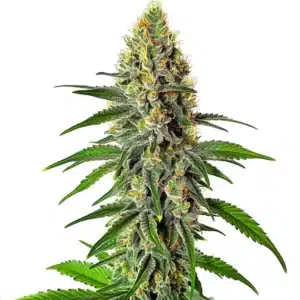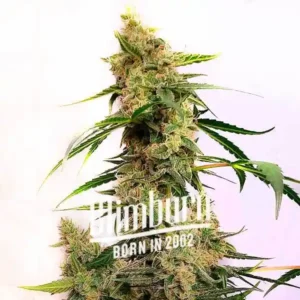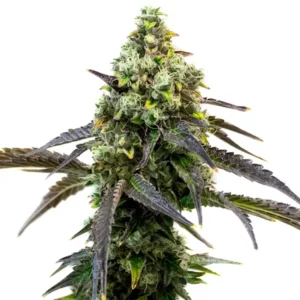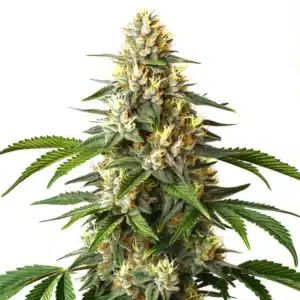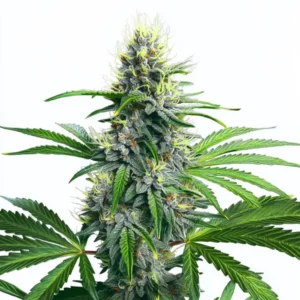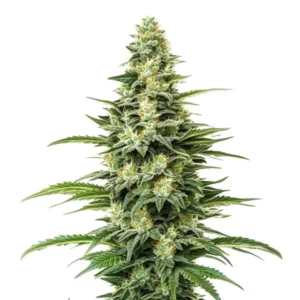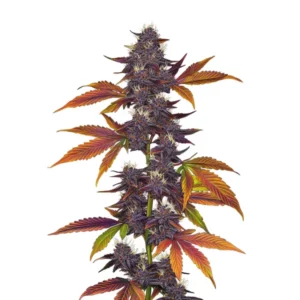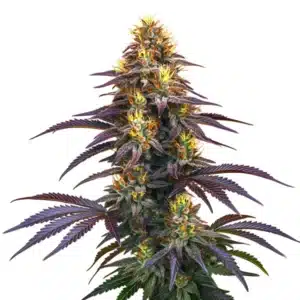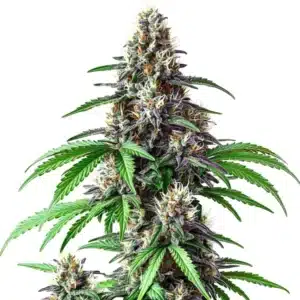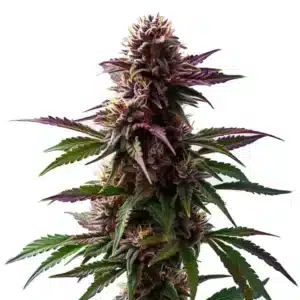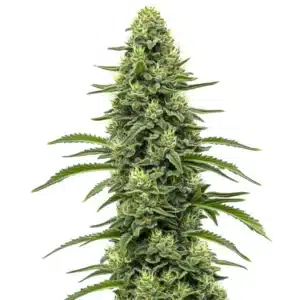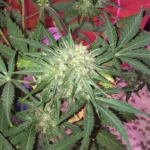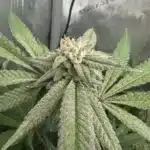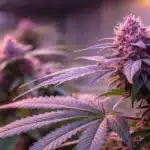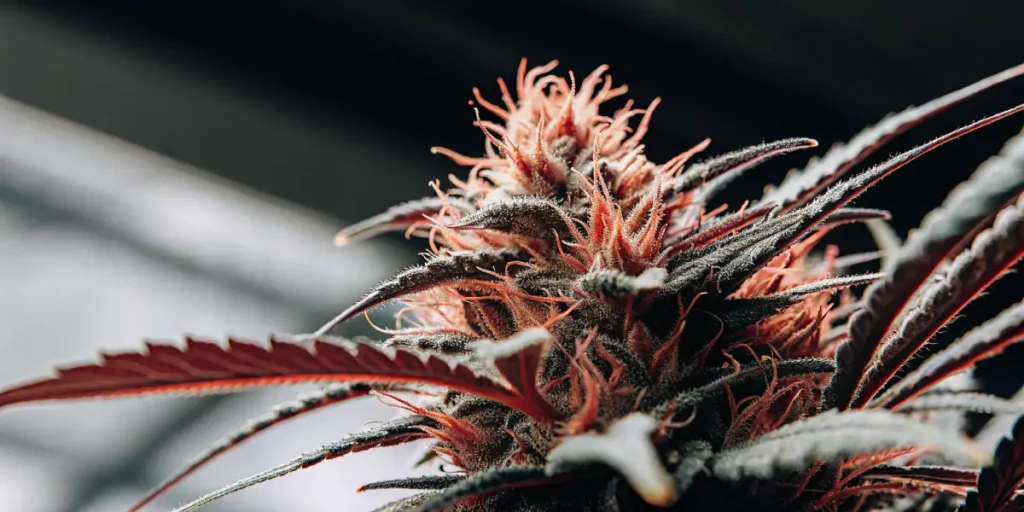
The Cannabis Rainbow: A Grower’s Guide to Colorful Buds
You’ve seen the photos that stop you in your tracks. Buds of cannabis so deeply purple they look like plums, strains with vibrant red streaks, or with a cool, bluish hue. It’s a feast for the eyes.
But where do these incredible colors come from? And how can you get them in your own garden?
Recommended Strains
Cherry AK
|
|
THC | 15% - 25% (Medium) |
|
|
Type | Feminized |
|
|
Yield | Low |
|
|
Phenotype | 30% Indica / 70% Sativa |
Cherry Ak Auto
|
|
THC | 15% - 22% (Medium) |
|
|
Type | Autoflowering |
|
|
Yield | Medium |
|
|
Phenotype | 50% Indica / 50% Sativa |
First, let’s get a crucial concept straight. Your cannabis plant is just like any other plant in your garden. It changes color based on its environment, the season, and its stage of life. You know how the leaves on a maple tree are green all summer and then burst into a fire of reds and oranges in the fall? It’s the exact same science.
The Simple Science of Color
All season long, while your plant is growing, it’s packed with chlorophyll. This is the powerful green pigment that turns sunlight into energy. But as your plant gets to the end of its flowering cycle, like a tree in autumn, it slows down and stops producing so much chlorophyll.
This is when the magic happens. As the dominant green color fades away, the plant’s underlying, hidden pigments, called anthocyanins, are finally revealed. And these anthocyanins can be a spectacular rainbow of colors.
Promos & Deals
An Insider’s Guide: The “Color Families”
When you get deep into the world of cannabis genetics, you’ll find that breeders and expert seed banks often think about these plants in terms of “color families.” Each family is bred to express a certain kind of beauty.
- The Purples: This is the royal family of cannabis. We’re talking deep, rich, velvety purples. Strains like Granddaddy Purple are the kings of this castle. This color is often triggered by cooler nighttime temperatures and is famously associated with relaxing Indica effects.
- The Blues: Often a unique expression of the purple genetics, the “Blue” family, like the legendary Blueberry, has a distinct bluish or dark lavender tint. This family is almost always famous for its incredible, sweet, berry-like flavor.
- The Pinks and Reds: These are a bit rarer and truly special. Strains like Pink Runtz can develop delicate, beautiful pinkish hues in their flowers. The “Red” family often shows off its stunning colors not just in the buds, but also in the leaf stems (petioles), creating a beautiful contrast against the green leaves.
- The Blacks: This is the dark side of the rainbow. Some strains, like certain phenotypes of Black Cherry Soda, are bred to have such an intense and deep concentration of purple pigments that the buds appear almost jet black. They are visually stunning and a true novelty.
How to “Unlock” the Colors in Your Garden
Now, the most important rule: you cannot force a plant that is genetically green to turn purple. The potential for color must be in the plant’s DNA from the start. Your job as a grower is not to create the color, but to unlock it.
So how do you do that? The number one trigger is cooler nighttime temperatures late in the flowering stage. That drop in temperature between day and night is the natural signal for “autumn.” It tells the plant to slow down chlorophyll production and bring out its colorful anthocyanin “winter coat.”
When you Cultivate a colorful strain, you’re not just growing cannabis; you’re an artist. You are nurturing the conditions that allow your Homegrown plant to express its true, beautiful self.
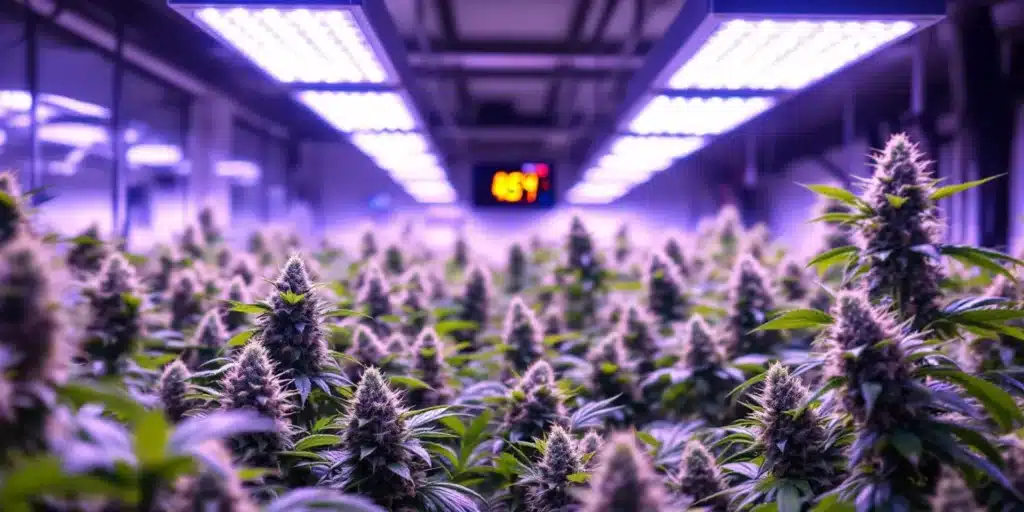
Frequently Asked Questions
Why do some cannabis plants turn colors other than green?
It’s a natural process, just like autumn leaves. The green color comes from chlorophyll. As the cannabis plant matures and the weather gets cooler, it stops producing chlorophyll. This allows the underlying natural pigments, called anthocyanins, to show through, revealing beautiful colors like purple, red, and blue.
What are the “color families” in cannabis genetics?
Breeders often group colorful strains by their dominant hues. The most common are the “Purple” family (like Granddaddy Purple), the “Blue” family (known for berry flavors, like Blueberry), and the rarer “Red” and “Pink” families. There are even strains that are so dark they are considered part of a “Black” family.
What is the best way to bring out the colors in my cannabis plants?
First, you must start with genetics that have color potential. Then, the most effective trigger is to introduce cooler nighttime temperatures during the last few weeks of the flowering stage. This drop in temperature mimics the arrival of autumn and encourages the plant to produce the colorful pigments.
Are colorful buds more potent than green ones?
Not necessarily. Potency comes from the density of trichomes (the frosty crystals), not the color of the plant material itself. However, the same careful growing conditions that produce beautiful, vibrant colors, like controlling temperature and providing excellent care, are also the conditions that produce high levels of trichomes. So, while color doesn’t equal potency, they often go hand-in-hand as signs of a well-grown plant.


